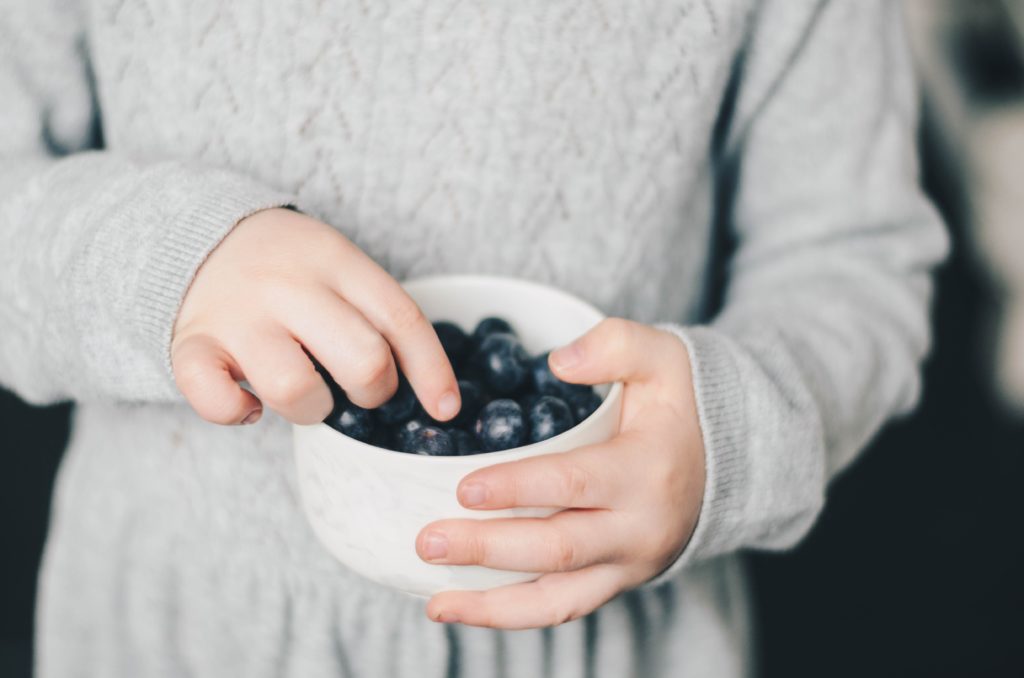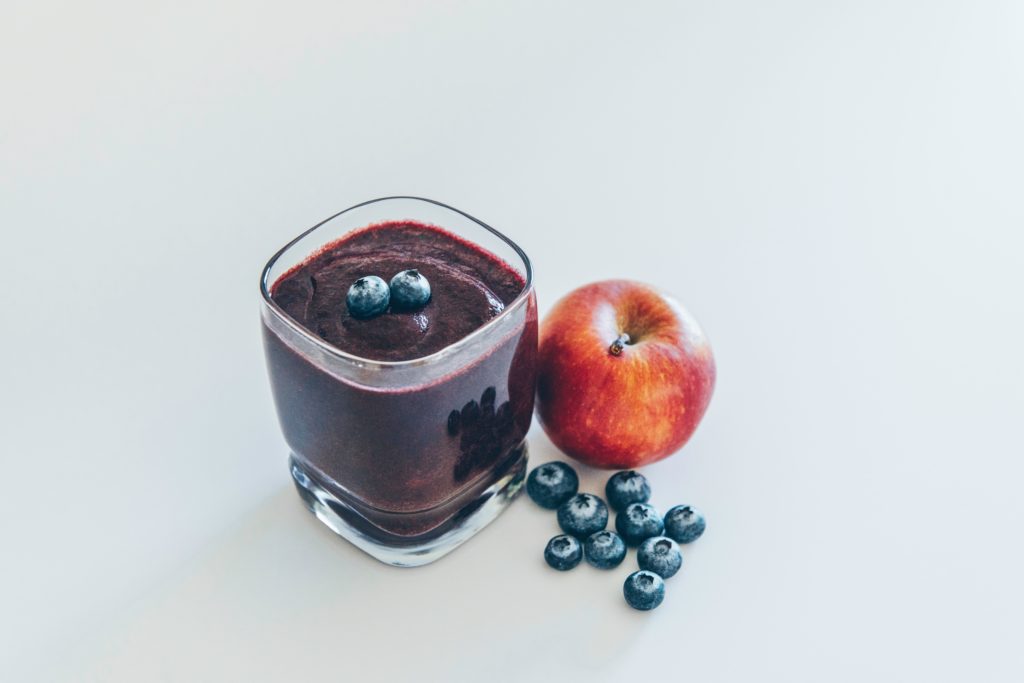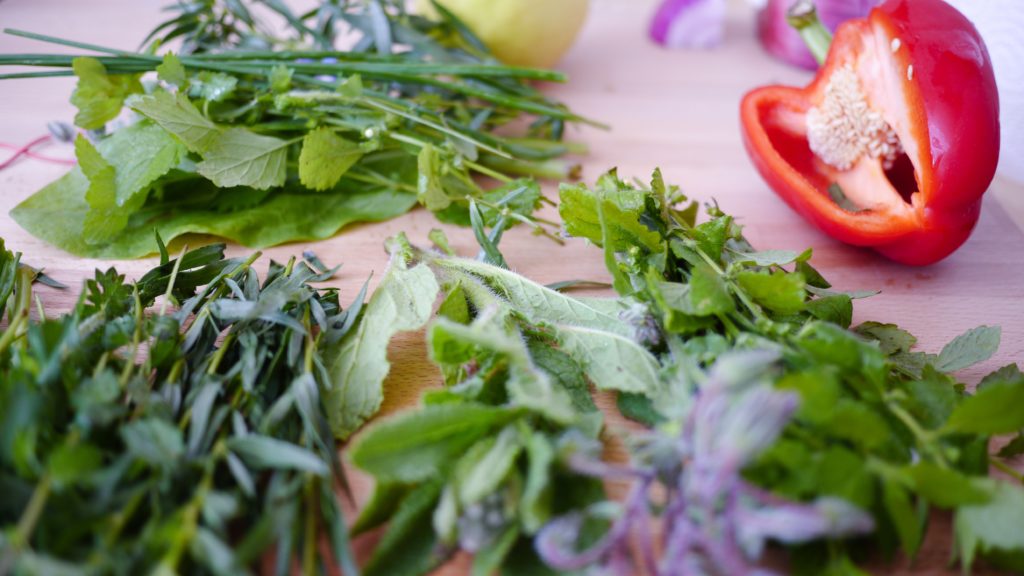There are so many reasons to encourage your toddler to engage in cooking, including engaging them in food and nutrition, helping them build a sense of achievement, and avoiding a teenager or adult who “can’t cook”. A toddler is readily engaged in the joy of cooking, if they’ve seen you do it they’ll be keen to copy and do “grown up” cooking. If there were no other benefits to toddler cooking, the look of pride on their face when they announce who made this makes the whole thing worthwhile.
There are lots of children’s cookbooks available, but we found that adapting some of our favourite foods to something they can do was most productive. We are talking about 2 year olds and older here although younger children can be encouraged to join in with even more supervision.
Some ground rules
- Be aware that there will be some mess. Put an apron on your child and have some clean clothes and towel/wipes handy.
- Don’t expect them to understand basic food hygiene straight away. This means that there will be some parts of the meal (for example handling raw chicken) which remain adult tasks.
- Don’t let them get too near the hot cooker or sharp knives. They will have a sense of achievement from pouring everything into the pan while it is at their level and the adult actually doing the cooking. (And realistically it gives them a chance to run off and play for a while between preparation and eating.) Think carefully about how to keep your kitchen safe once your child feels it is somewhere they can use. The risk of trying it again “all by myself” is huge. Keep blenders unplugged, cookers turned off at the switch, knives and graters our of reach, and clearly talk to your child about adult vs child roles.
- Don’t go overboard sneaking vegetables or other food they don’t particularly enjoy into their creations too early. Let them get familiar with cooking and allow them to enjoy the food they made- if a child dislikes peas and makes a dish full of peas, they’ll think their cooking is not great. It creates food they don’t like. Let them cook something they enjoy and build the range with time.
Some less obvious benefits of cooking
Aside from learning to chop, mix, hold cutlery, and learn to cook, there are lots of practical and unexpected benefits to getting your toddler into the kitchen.

Maths
Understanding some concepts such as more, less, counting (spoonfuls, cupfuls), time, as well as weight and volume can all be built in the kitchen.
Science
Cooking is a science experiment. There’s a hypothesis (if we put these things together and do this to them, there will be a positive tasty outcome), an intervention and an outcome. Liquids become solid, solids become liquid, some substances dissolve, others don’t.
Art
Symmetry, asymmetry, shapes, colours, aesthetic appeal are all a big part of creating food.
Emotional and social development
Aside from kneading bread dough to vent your frustrations, talking about cooking can aid in understanding of sharing, helping, achievement, purpose, value, patience and reward. A toddler loves to feel that they did something important and useful. They also love to do what they want, so offering some options of things they like to eat might give them a sense of “I chose this, and I made it”.
Memory
Use a notepad to document your recipes, let your toddler draw them, and talk about the ingredients and steps when eating the food and when writing about it. Repeating these sequences of how to make something will help build memory and might improve the strategies your child uses to aid memory.
Really simple recipes we enjoy
Jelly
As a cheap simple thing to make, jelly is high on the list. Ingredients are jelly powder plus water. You can push the boat out and add fruit (not acidic fruit as that hampers the setting process) or keep it simple. The packet does require boiling water, but we’d suggest using lukewarm water and giving a really good mix before refrigerating, or make with cold water then sneakily heat on the stove before sticking it in the fridge. The delayed gratification here is a good one, the jelly isn’t ready until several hours in the fridge, which can seem a long time but is a useful lesson.
Smoothies
If you have a stick blender, this can be easily compiled in a jug and then an adult can blend before the finished product is served.

Add a banana, 2 tablespoons of yogurt, 100mL apple juice or water and 2-3 strawberries to a blender and blend to a smoothie. Feel free to vary with other seasonal fruit or juices. (We find yoghurt and orange juice curdles, so skip the yoghurt if using orange juice.) Making up a name for your smoothie creations- a strawberry smash, a blueberry blast etc. can help with imagination and even literacy if you talk about the letters and write it in your record.
Pizza
The simplest easiest pizza recipe we can suggest is to open up a pita bread, spread ketchup or tomato purée on it, sprinkle on grated cheese, and microwave for 30s. The beauty of this recipe is that even a hungry child can wait 1 minute from start to finish. And there are so many variations you can make to the toppings. Chop a few herbs from the garden and sprinkle on top. Add last night’s leftover chicken. Grate some carrot to sprinkle on as well as cheese. Microwaving essentially just achieves melting the cheese to hold the topping on, obviously adjust the timing or pre cook other toppings as needed.
Chicken stew
This is a really proud moment for a toddler, they made dinner! The variations here are pretty endless, and the quantities are fairly irrelevant so it doesn’t matter if they put more or less of something in.
You’ll need a big saucepan somewhere within their reach. The floor is fine. It makes sense to chop the vegetables yourself before “starting to cook”.
Throw a finely chopped onion and some chopped mushrooms into a pan with some oil. Add some (around 4 will serve 2 adults and 2 children) chicken thighs (an adult can do this part to avoid children handling raw chicken). Put on the hob until chicken is beginning to brown. Your child can check with you whether the chicken has changed colour, but be aware of steam- a toddler doesn’t anticipate steam coming up and burning them. Once it is beginning to brown, add a tin of tomatoes, a cupful of stock (you can give them lukewarm stock to add to avoid burns), and some paprika. A teaspoon or so is usually enough to add some flavour, but most children will be able to tolerate more without finding the stew “too spicy”. Mix, pop on a lid and leave to simmer on a low heat for around 45 minutes. Add some chopped vegetables of your choosing (carrots and broccoli work well) around 15 minutes before the stew is ready.

Serve with rice (which is another thing a toddler can make in a rice cooker very easily) and a sprinkling of herbs such as parsley if you have it (and if your child will eat herbs).



